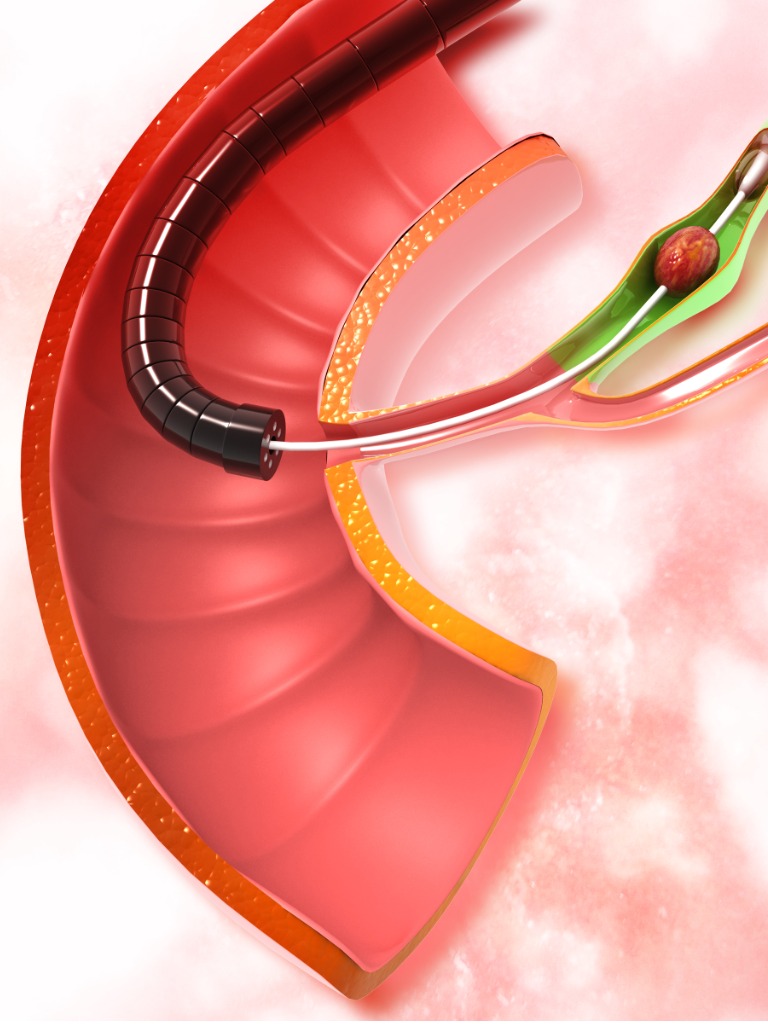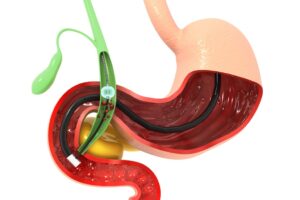Gallbladder removal
Cholecystectomy AKA gallbladder removal is a surgical procedure that is performed to treat gallstones by removing the gallbladder. This can be done by the laparoscopic method which is a less invasive and common method. The other is through an open method.



